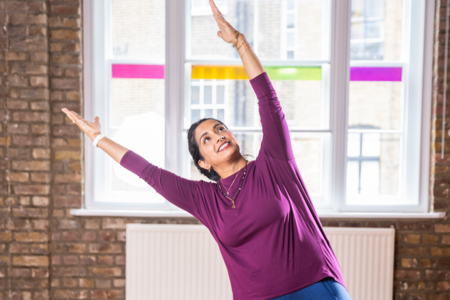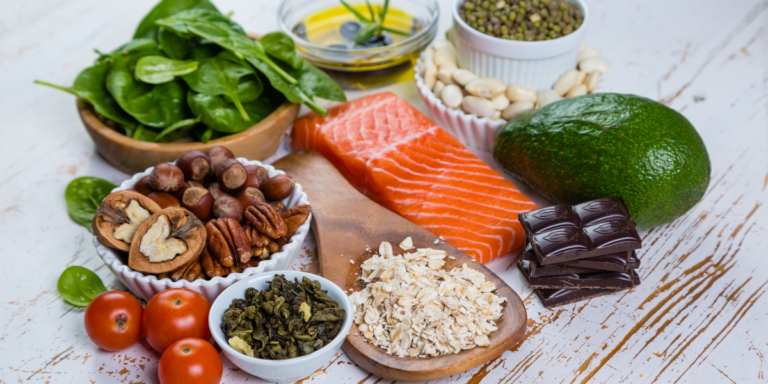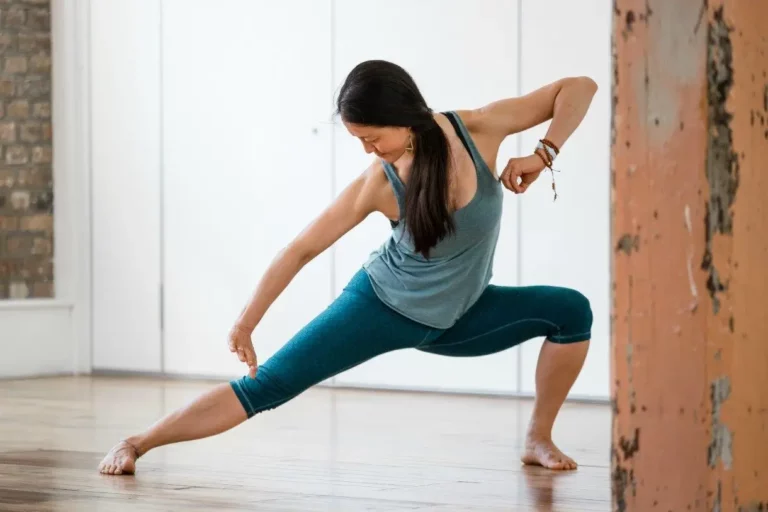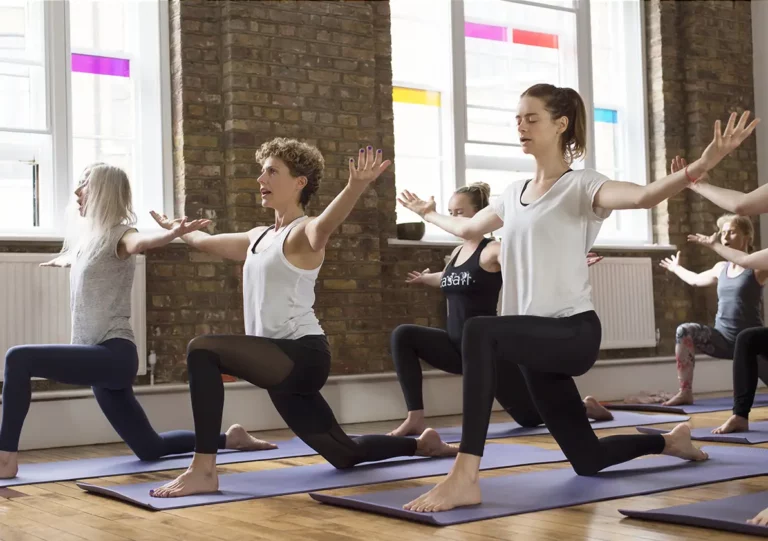Throughout this second week of our 30 days of yoga, our attention turns to vata dosha. Vata dosha combines the elements of ether and air with in us and is characterised by qualities of movement, lightness, cold and adaptability.
Quick, agile, creative and energetic – these are the qualities of someone who has a healthy, balanced vata dosha constitution. Comprised of the elements of air and space, vata governs all movement in the body – whether this be stepping back into a downward dog, breathing a steady deep ujjayi breath, or chewing and swallowing your post-yoga snack. As such, all of us have aspects of vata within us that can be observed, negotiated, explored and understood.
Like all doshas, vata’s qualities of movement and change can be in balance as well as out of balance. Often described as cold, light, dry, irregular, rough, moving, clear, quick and changeable, vata characteristics are common to everyone. However, you’ll know if vata is your primary constitution if you notice these types of physical, mental and emotional characteristics more specifically.
Vata’s physical characteristics
– A thin, light frame with agile movement
– Quick and energetic, but prone to burnout – vata doshas can be super charged one moment and totally fatigued and burned out the next
– Dry skin, thinner hair, and cold hands and feet
Vata’s physiological tendencies
– Light sleepers
– Sensitive bellies prone to constipation
– Joints that can suffer from arthritis
– Can loose weight too easily
Vata’s emotional characteristics
– Love excitement and new experiences and always on the go
– Quick to anger but also to forgive
– When they feel overwhelmed or stressed, a common response is, “what did I do wrong?”
– When in balance: energetic, creative, and flexible; good at taking initiative and are lively conversationalists
– Out of balance: prone to feeling anxious, fearful, weak, tired, ungrounded and restless; often suffer from insomnia
Balancing Vata with lifestyle, diet + gentle practices
One of the best ways to help vata stay in balance is regularity. Eat, work, sleep and rise at the same time each day. A gentle daily exercise routine such as walking, qigong, or a gentle yoga practice that includes a long savasana is ideal to help vata stay balanced. However, if you love your dynamic yoga classes but tend to zoom through your chaturangas, try doing the vinyasa at a slower pace to build stamina, stability and increased focus. Also try working with deeper, fuller inhalations; these can bring increased warmth to the body which vatas often require.
Avoid feeling cold by wearing enough clothes and eating foods that heat the body. Spicy, sweet and salty flavours are great for vata, as are cooked foods and spices such as ginger, cinnamon, cardamom and nutmeg. Avoid foods that are pungent and astringent such as tomatoes, as well as raw, dry and cold foods such as salads, crackers, and carbonated drinks.
Lastly, nourishment and serenity are key for keeping vata in a healthy balance. Take time every day to listen to soothing, calm music and use warming massage oils like sesame and almond and do a nourishing self-massage daily. Enjoy down time, and keep sweet, soothing company that compliment and balance vata’s lively, energetic qualities.
Questions for contemplation this week
– Where in your life do you feel healthy space, creativity and ease of movement?
– In what ways can you feel mentally, emotionally or physically ungrounded or overextended?
Finally, click on the image above to watch week two’s video on YouTube on vata dosha.
The 30 days of yoga: ayurveda for health and well-being is taking place at triyoga from 01st – 30th November. Each week focuses on a different dosha with lifestyle advice and contemplations that you can feed into life, both on and off your yoga mat.










